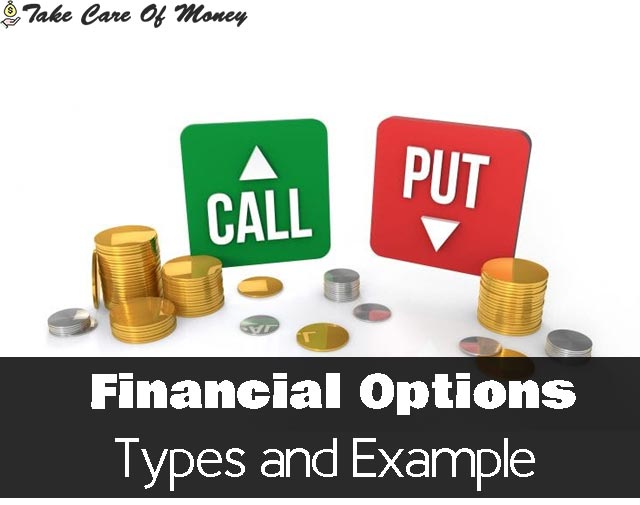In our dictionary we can see what financial options are, and how they differ from warrants. In short, they are a premium paid for the right to secure a future price of another asset ( underlying asset ), either to buy or sell it.
In this post we will explain the parts involved, the types of options and we will see an example. It is important to remember that there are two parts to option contracts:
- Buyer or long position (Long): It is the one that has the right to exercise the purchase or sale of the underlying asset ( stock, bond, raw material, etc …).
- Seller or short position: He is the one who is obliged to buy or sell the underlying asset at the agreed price, if the buyer exercises his right.
And each can operate with two types of option contracts:
- Call (Call Option) : Gives the option buyer the right to buy the underlying asset (and the option seller is required to buy it), at the price indicated by the option, on or before the set date (European or American).
- Put (Put Option) : Gives the buyer of the option the right to sell the underlying asset (and the seller of the option is required to buy it), at the price indicated by the option, on or before the date set.
Two types of contracts with two parties each will give rise to four different situations in which we can find ourselves.
We can also see the summary of the four situations in the table below.
CALL OPTION |
Seller | Buyer |
|---|---|---|
| Right or Obligation | Obligation | Law |
| Investor Expectations | Bassists | Bullish |
| Benefits | Cousin | Unlimited |
| Losses | Unlimited | Cousin |
| PUT OPTION | Seller | Buyer |
|---|---|---|
| Right or Obligation | Law | Obligation |
| Investor Expectations | Bassists | Bullish |
| Benefits | Unlimited | Cousin |
| Losses | Cousin | Unlimited |
Example of Financial Options
It may not be clear to us after all that has been explained, and this is because they are complex financial instruments. So let’s see an example:
Let’s suppose that Apple’s shares are currently at € 95, and we know that next month it is going to take out a new iPhone and we believe that this will increase the value of its shares. We then decided to buy purchase options at € 100 in three months, which in the market cost € 5 each. This means that in three months we will be able to exercise the option, and then the seller will deliver the shares to us at € 100. Three situations can occur:
- The shares are below the exercise price (€ 100), and then we will not exercise the option and we will lose the premium since we are not going to buy at € 100 something that costs less.
- Between € 100 and € 105, we will reduce losses to zero at € 105. In this section we will exercise the option since we will always lose less than € 5 of the premium. If we buy at € 102.5 plus € 5 premium something that costs € 100, we lose only part of the premium – € 2.5.
- From € 105 we will always exercise the option and we will also start to have benefits. If we buy at € 100 plus € 5 premium something that costs € 110, we have a benefit of € 5.
